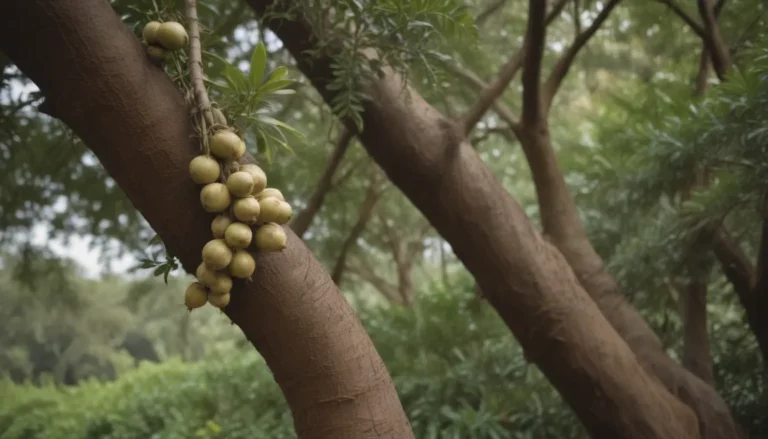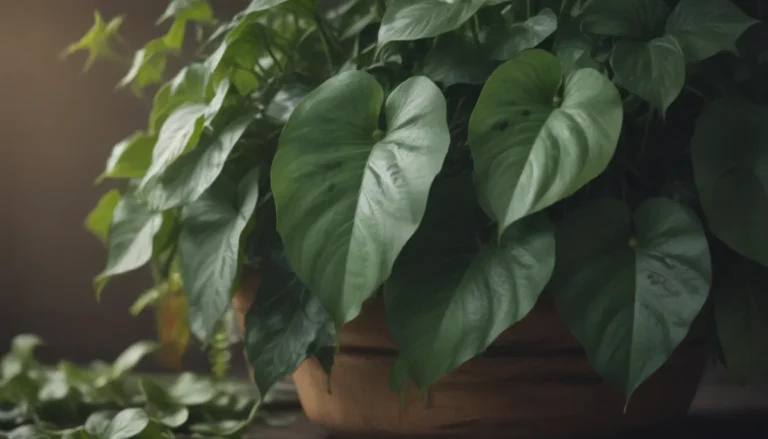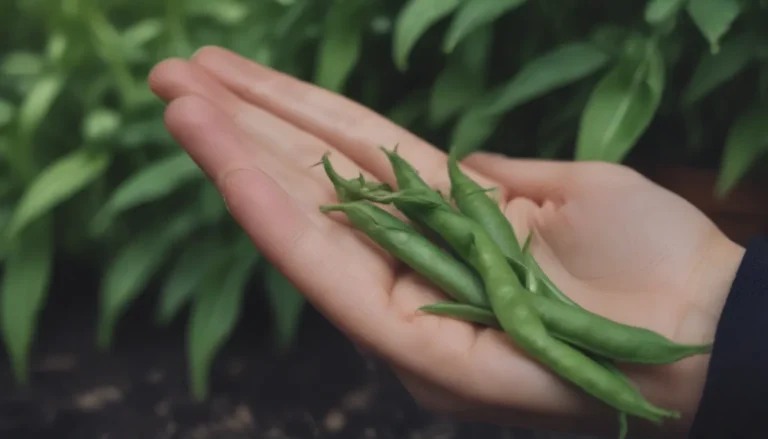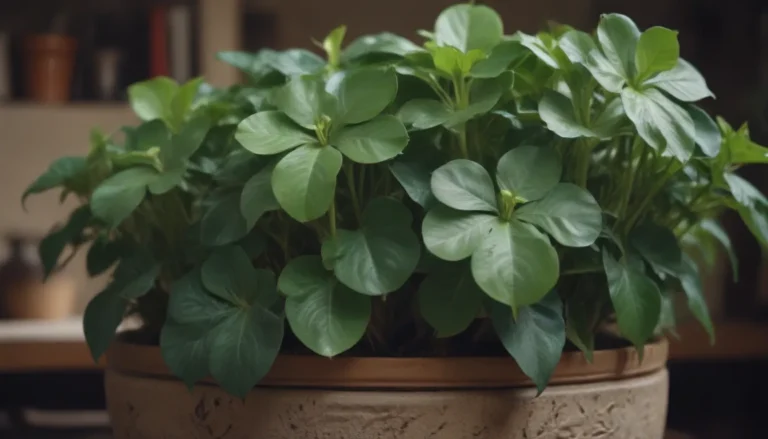A Comprehensive Guide to Growing and Caring for the Cherimoya Tree
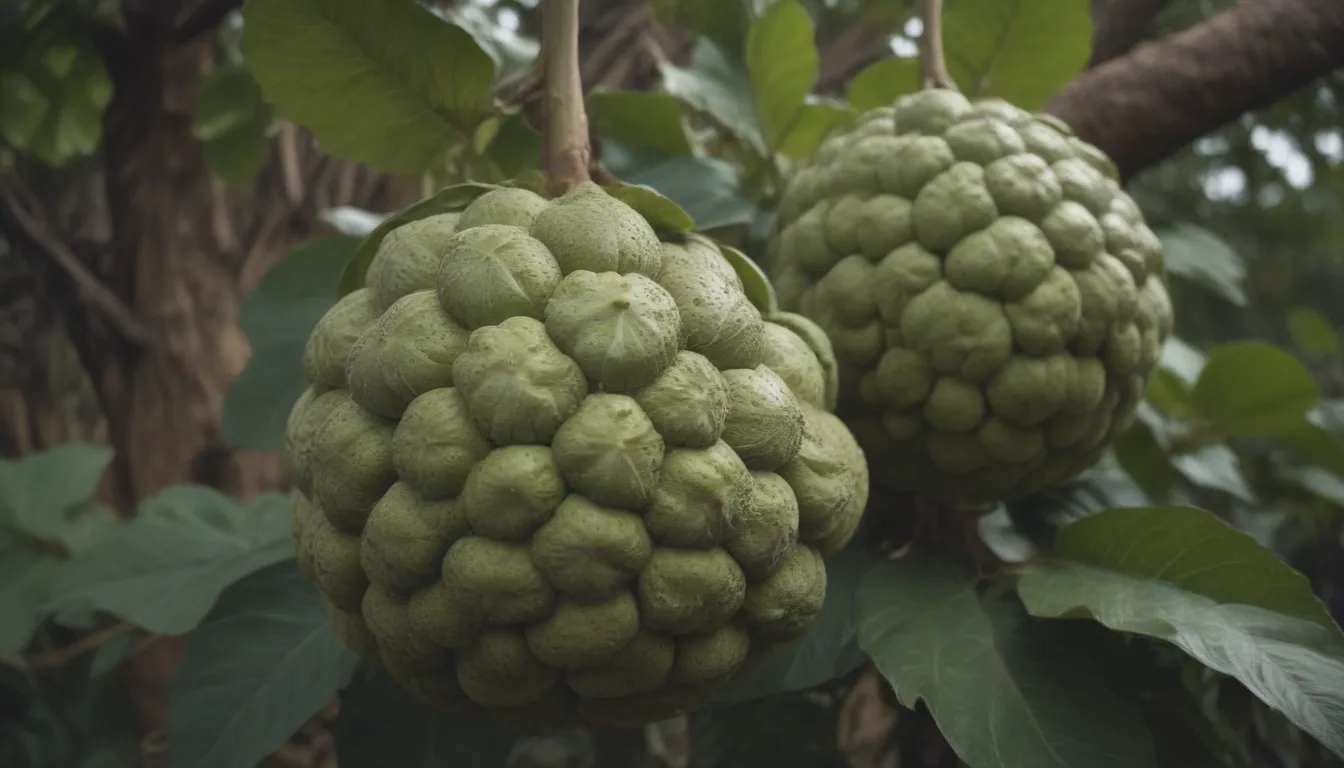
Are you a fan of exotic fruits and looking to expand your garden with something unique? Look no further than the Cherimoya tree! Native to South America, this tropical beauty has captivated the taste buds of many around the world. In this in-depth guide, we’ll explore everything you need to know to successfully grow and care for your very own Cherimoya tree.
The Cherimoya Tree: An Overview
The Cherimoya tree (Annona cherimola) is a tropical plant that produces a delicious fruit with a custardy consistency. While it is native to South America, it has been naturalized in various tropic and sub-tropic regions worldwide. However, growing this tree to yield fruit can be a bit challenging, as it requires specific conditions to thrive.
Planting Your Cherimoya Tree
When to Plant
If you are fortunate enough to live in an area that supports the Cherimoya tree, Fall is the best time to plant it either by transplant or direct seedling.
Selecting a Plant Site
Choose a sunny spot facing south for optimal sunlight exposure. Ensure the chosen site is large enough to accommodate the tree’s roots and sheltered from high winds.
Spacing, Depth, and Support
Support the tree with a tree stake to aid in its growth. Drive a stake at least two feet deep into the ground beside the hole and secure the tree to it with tree ties.
Fun Fact
Did you know Mark Twain once called the Cherimoya fruit “the most delicious fruit known to men”? Its rich and unique flavor has earned it the nickname “ice cream fruit.”
Cherimoya Care Tips
Light
The Cherimoya tree thrives in full sun but is sensitive to leaf burn. Strike a balance by placing the tree where it receives bright morning sunlight followed by afternoon shade.
Soil
Test your soil before planting to ensure it is rich, loamy, and well-draining with a pH range of 6.5-7.6. Amend the soil if necessary by adding compost, manure, or perlite to improve its quality.
Water
Keep the soil moist but not waterlogged during the growing season to prevent root rot. Consistent soil moisture is essential for the Cherimoya tree’s health.
Temperature and Humidity
The Cherimoya tree thrives in cool summers and requires winter chills to produce fruit. Maintain temperatures between 25 to 43 degrees Fahrenheit for fruitful growth.
Fertilizer
Fertilize the tree every three months during the growing season with a general-purpose 10-10-10 fertilizer applied at the drip line.
Pollination
Hand pollinate the Cherimoya tree to ensure fruit production. Collect pollen from male flowers and transfer it to female flowers using a paintbrush. Repeat this process regularly during the blooming season.
Types of Cherimoya Varieties
Are you curious about the different types of Cherimoya trees you can grow in your garden? Here are some popular varieties to consider:
- ‘McPherson’ Cherimoya
- ‘Honeyhart’ Cherimoya
- ‘White’ Cherimoya
Cherimoya vs. Sugar Apple: A Comparison
While both the Cherimoya and sugar apple trees bear sweet, conical fruits, they have distinct differences in appearance, taste, and texture. Here’s a breakdown of how they differ:
- Sugar Apple: Known for its sweet, creamy flavor resembling custard, with a juicy and buttery texture.
- Cherimoya: Offers a fruity and slightly acidic taste with a creamy texture similar to yogurt, featuring a mix of strawberry, kiwi, and pineapple flavors.
Harvesting and Pruning Your Cherimoya Tree
- Harvesting: Determine fruit ripeness by gently pressing it with your thumb. Refrigerate harvested fruit and consume it within two days for optimal freshness.
- Pruning: While Cherimoya trees do not require much ornamental pruning, consider training it into an espalier for a unique garden feature.
Propagating and Overwintering Cherimoya Trees
- Propagating: Cherimoya trees can be propagated successfully from seed using a specific method for best results.
- Overwintering: Protect young trees from frost by covering them with a plant blanket or insulating the trunk and scaffold branches with sponge foam.
Common Pests and Diseases
Cherimoya trees are generally resistant to pests and diseases; however, a few issues may arise that you should be aware of, including oak root fungus, verticillium wilt, crown rot, and mealybugs. Proper watering and pest management practices can help prevent these problems.
Conclusion
In conclusion, growing and caring for a Cherimoya tree can be a rewarding experience for any avid gardener. By providing the tree with the right conditions, such as sunlight, soil quality, water, and pollination care, you can enjoy the delectable fruits it produces. Whether you choose to grow the ‘McPherson,’ ‘Honeyhart,’ or ‘White’ variety, each offers a unique flavor profile that will delight your taste buds.
Expand your garden with the magic of the Cherimoya tree and savor the sweet rewards it brings. With patience, dedication, and a little bit of tropical flair, you can successfully cultivate this exotic tree and enjoy its luscious fruits for years to come. Cherimoya, the “ice cream fruit,” awaits you in your garden oasis. 🌿🍈
